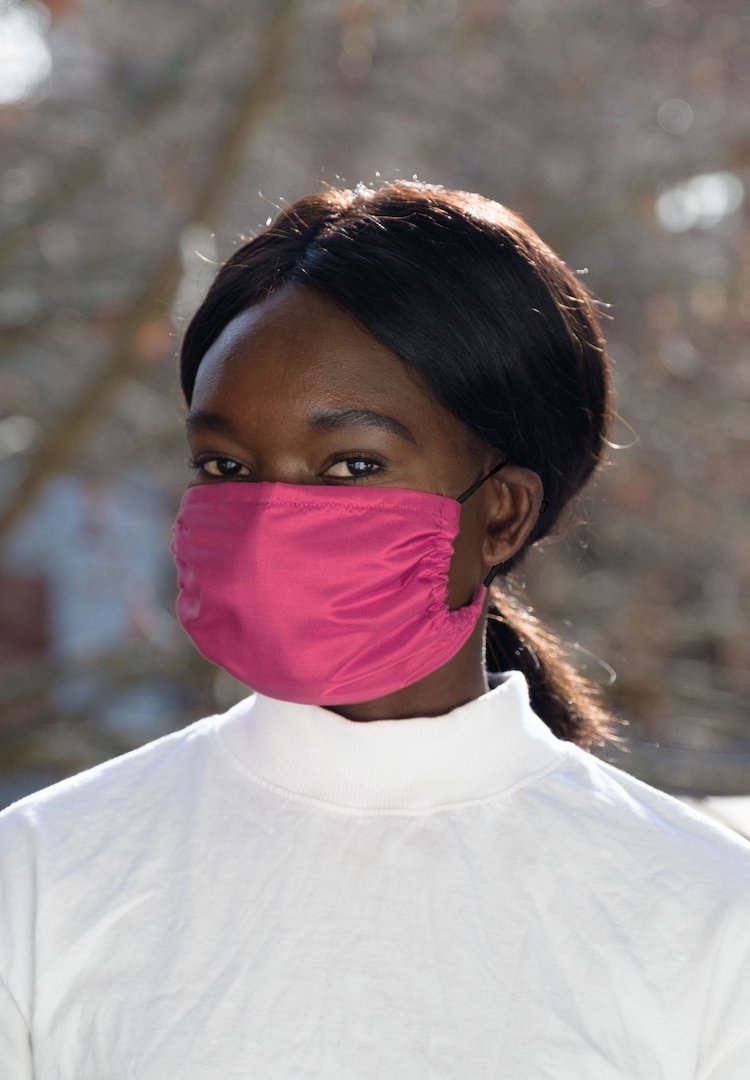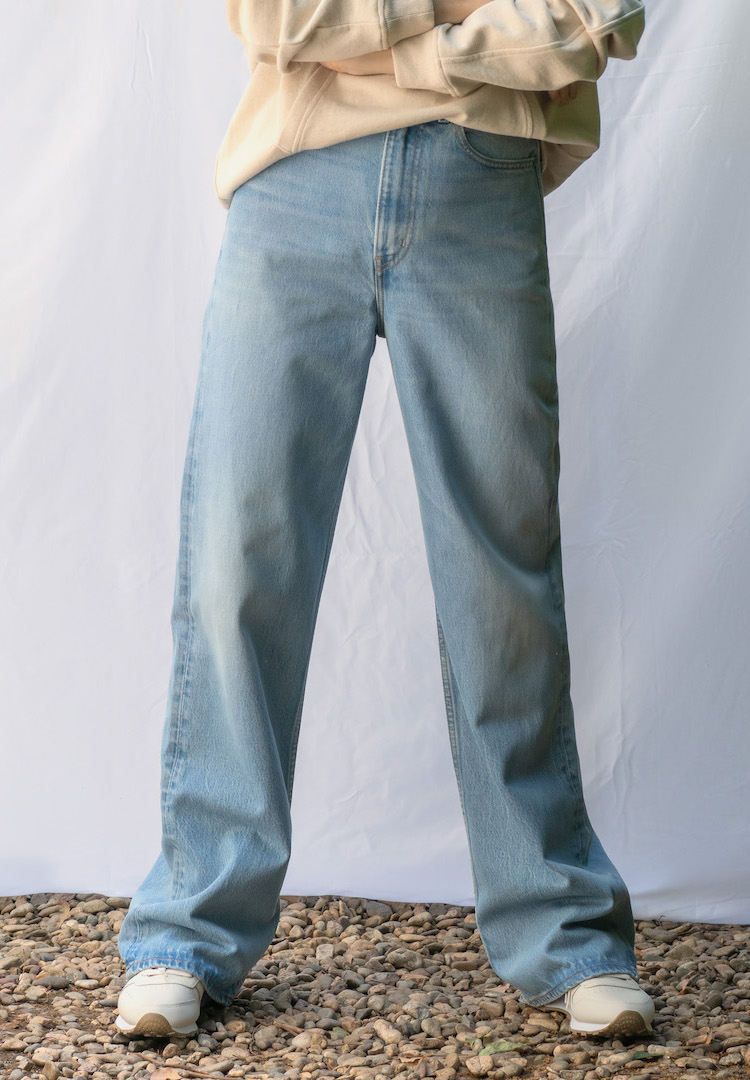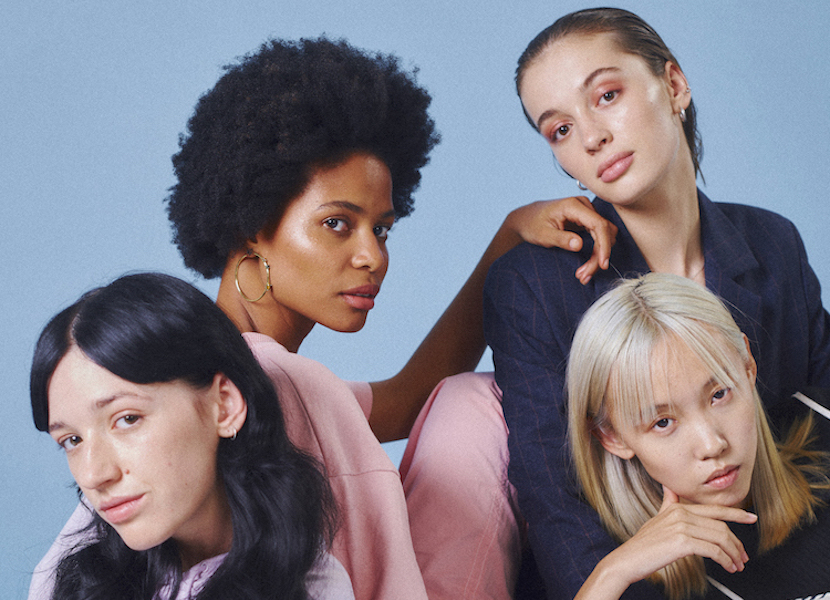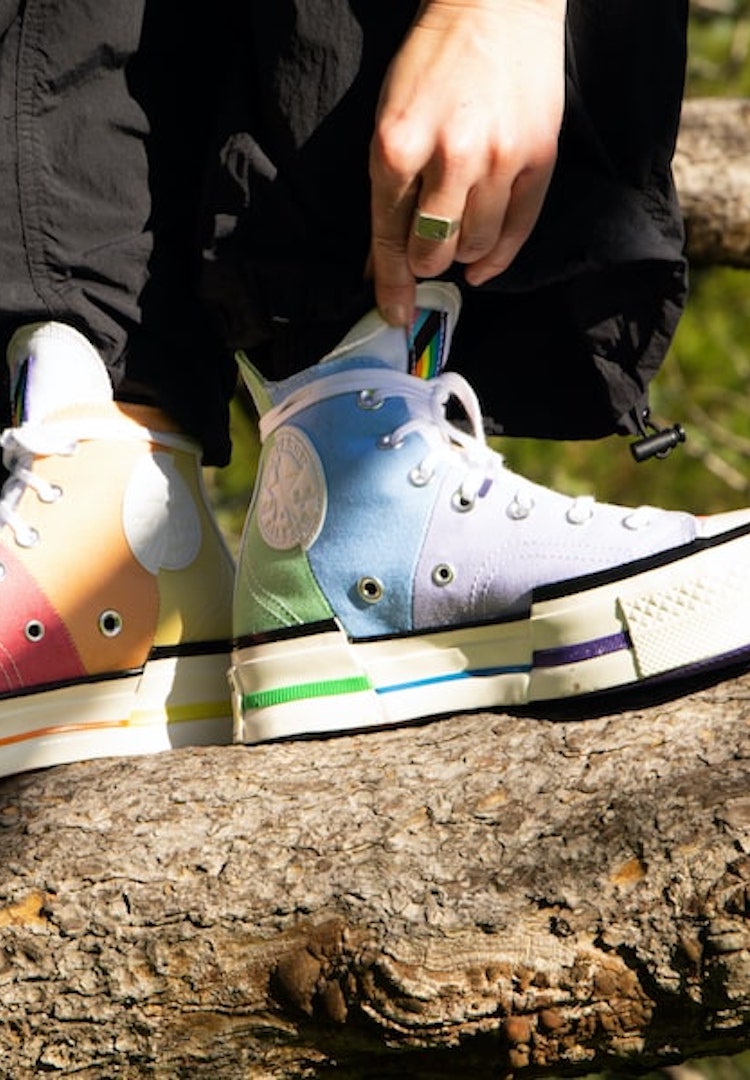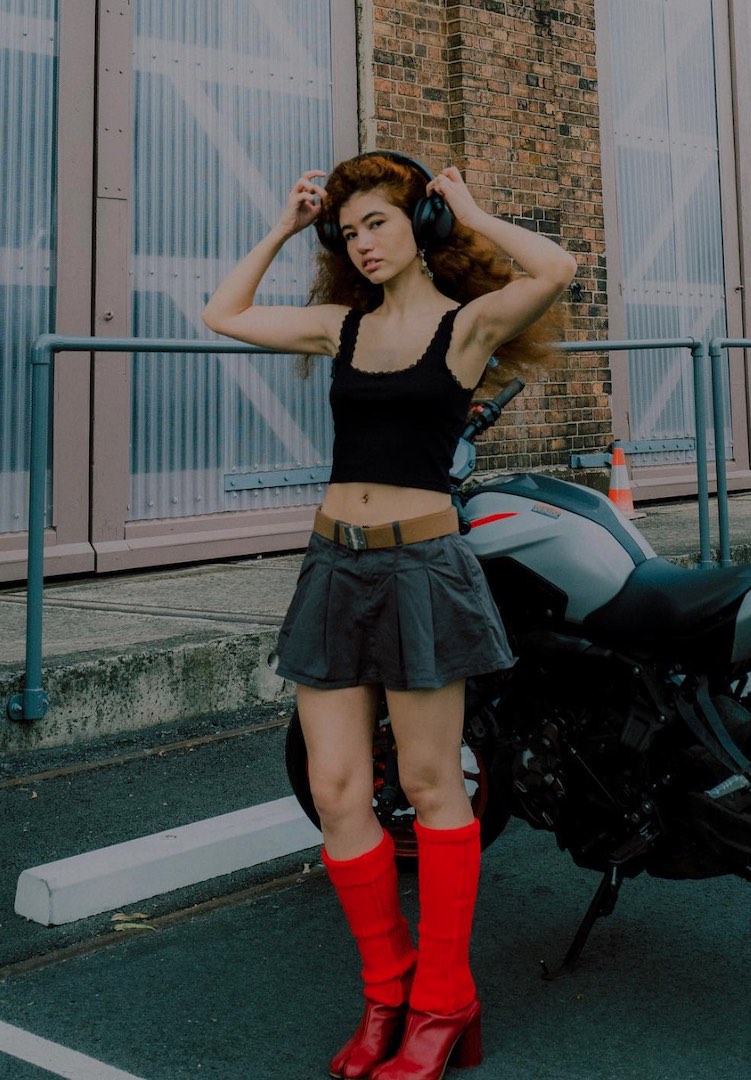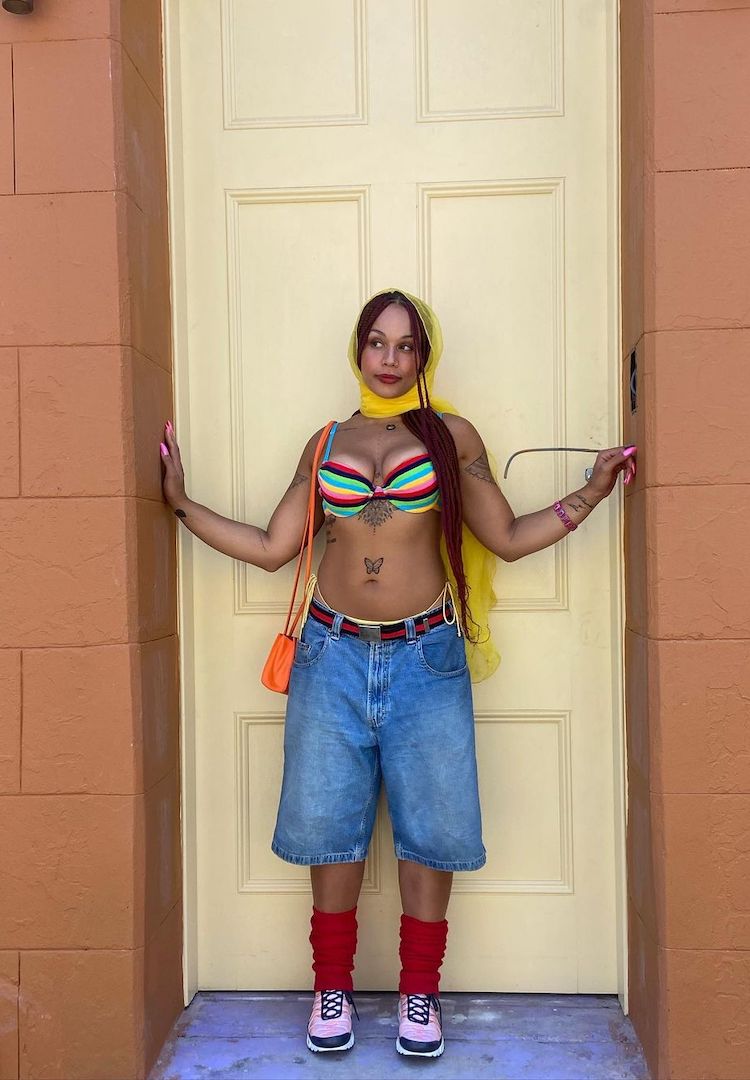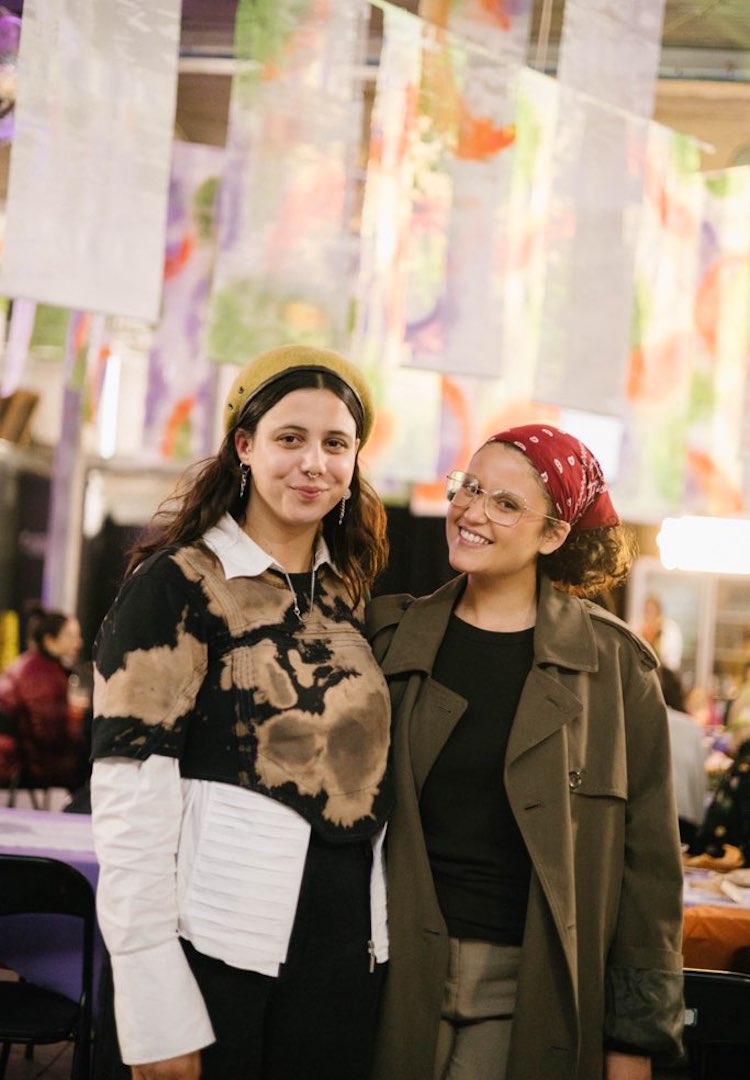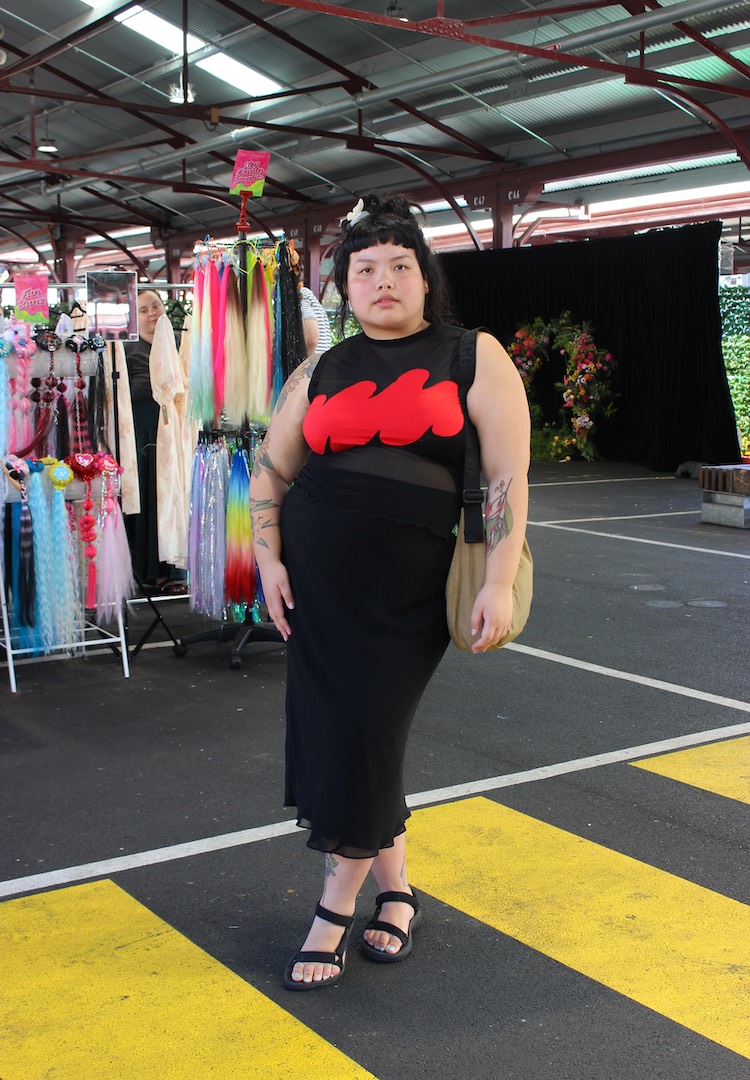The problem with the Australian fashion industry’s tendency towards ‘ethnically ambiguous’ models
PHOTOGRAPHY BY JORDAN DRYSDALE
WORDS BY MAGGIE ZHOU
We need monoracial, biracial and mixed-race representation.
In primary school, everybody tries desperately to fit in. From wearing shorts year-round to showing off your Scooby bracelets, the desire to be cool and accepted is an initiation into puberty. But for a young Chinese girl in Melbourne’s South East, my yearning to be White was inescapable and deafening.
You see, in grade three, when your crush declares he doesn’t like like you because, “Ew, she’s Chinese!” and in grade six everyone sings a chant that ends with, “Ching-chong-ching, point at Maggie,” you become acutely aware of your race and how it’s a bad thing.
The “Where are you from?” question has been thrown my way countless times. When I relay that I am 100 per cent Chinese, as if on cue in some shitty slap-stick routine, I’ll receive cliché exclamations of shock. I’ll hear remarks like, “But you’re too pretty to be Chinese,” “Are you sure you don’t have European blood?” or “You don’t look Chinese.” However frustrating and impolite these comments were, if I’m honest, I admit that I took them with a pinch of flattery.
Call it internalised racism or put it down to growing up in White Australia, but being a monoracial minority isn’t something that’s received with open arms. It’s messed up to think that I felt the need to have Whiteness in my blood to feel beautiful, but that’s the sickening truth.
Teenage me looked up to models like Kiko Mizuhara, Alexa Chung and Devon Aoki. Closer to home, I admired Rachel Rutt, Natasha Liu Bordizzo, Kawani Prenter and Bridget Hollitt. I’m almost embarrassed at the number of biracial models I know off the top of my head, as opposed to monoracial East Asian models. I found that media representations of my race that were perceived as attractive and worthy were often led by mixed-race people.
In the fashion, influencer, celebrity and media space, there’s an undeniable trend towards ethnically ambiguous aesthetics. Blackfishing is seen splashed across Instagram and in music videos and the fox eye trend has popularised slanted Asian eyes while dismissing the discrimination and bullying that is intertwined with its roots.
I’m guilty of placing my internalised racism on the shoulders of mixed-race people. I used to think that if someone was part-White, they instantly had it easier – they were more Eurocentric, more White passing, more palatable. But this one-dimensional observation doesn’t take into consideration the unique hardships mixed-race people face.
While I was writing this article, I listened to podcasts, read articles and had conversations with mixed-race models. What became increasingly obvious is how distinctive their experiences are from one another. I know so many other Chinese Australians who have been embarrassed by their tofu box lunches or have dreaded Saturday mornings because of Chinese school, but mixed-race upbringings vary significantly.
In an episode of ABC’s It’s Not a Race podcast, Leona Hameed unpacks the overly optimistic and often damaging fantasy of a post-race society. “There’s this idea that gets thrown around that people with multi-racial heritage are the key to some kind of beautiful, post-racial, colour-blind future utopia, where everyone has ambiguously golden or light brown skin, curly hair and an exotic blend of facial features – and racism doesn’t exist anymore!”
Words hold power here. The term ‘half-caste’ and the questioning of how Aboriginal someone is is highly problematic for many First Nations people. It’s tied with colonial genocide and the attempted ‘breeding out’ of Aboriginality, the ongoing trauma inflicted on the Stolen Generations and the continual forcible removal of Indigenous children from their families.
While beauty, across all races, cuts through in the media, there is a specific fixation of the attractiveness of mixed-race people. They are prized as babies and fetishised as adults.
There’s often a dissonance between what you look like versus who you are. The feeling of being in between two cultures or having ‘racial imposter syndrome’ is an uncomfortable reality for so many. Like many other children of migrants, I can experience this to a certain degree. But Rani Noone, a half Indian and half English/Irish woman, explains the racial disharmony she faces in her modelling career and everyday interactions.
“Imagine having full access to two cultures and not being able to fit properly into either. To Indians, I am not really Indian and to White Australia, I’m not really White,” she says. “When I started modelling, I received praise and comments for looking racially ambiguous and not too Indian… but then I received negative comments on my South Asian features as well.”
Colourism and discrimination within ethnic groups towards those with darker skin tones can be a double-edged sword.
“Sometimes [I feel] like I’m too much of one thing and not enough of another. I am privileged in some circumstances as I benefit from colourism, but then sometimes [I’m a] victim to some aspects of texturism, with very curly frizzy Botswanan hair,” says Milo Hartill, a Botswanan-Australian model at Duval Agency.
“It’s difficult navigating conversations around my skin, being told how ‘beautiful’ and ‘perfect’ [it] is… when I know the social ramifications of having this skin naturally, and despite not knowing it personally, seeing the ramifications of having skin darker than mine,” she says.
A survey in 2015 found that almost one in five multiracial Americans viewed their ethnicity as an advantage. Lucinda Soy and Isabella Charon, mixed-race models from Rin Models, also see their unique biological makeup as advantageous and formative for their personalities.
“Exposure to different cultures and communities instilled healthy morals such as acceptance of others at a very young age,” says Lucinda, a Cambodian, Vietnamese and Chinese model.
“It has also given me more confidence as I have something that makes me stand out. My mixed race is encouraging me to someday travel the world and experience different cultures,” notes Maltese and Mauritian model Isabella.
There’s no quick fix to the overwhelmingly white, cis and skinny depiction of beauty that has, for too long, clouded Australian media. It’ll take more than one inclusive campaign, one Black Lives Matter post, one last minute, hasty tokenistic gesture to unlearn the bad habits we have grown up with.
As we become more racially diverse, our media consumption needs to reflect this. I want to see more monoracial models who are brazenly themselves and not typecast in facile roles. More flat noses, more hairy faces, more dark skin that’s not out of a can.
I want to see light-skinned Black people, Asians with curly hair and Muslims redefining modest fashion. Our community is made up of monoracial, biracial and mixed-race people, and to not embrace this complex web of DNA would be a disservice to us all.
I look back at my primary school self, all scuffed knees and messy plaits, who searched every screen, every magazine and every book for someone who looked like her. Over a decade later, my heart still skips a beat in the rare moments when I do.

